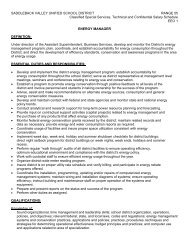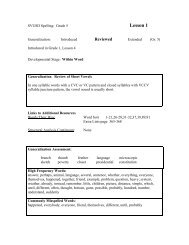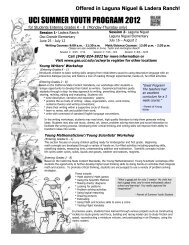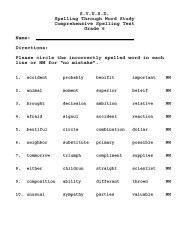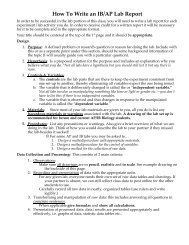Review of Short Vowels Generalization:
Review of Short Vowels Generalization:
Review of Short Vowels Generalization:
You also want an ePaper? Increase the reach of your titles
YUMPU automatically turns print PDFs into web optimized ePapers that Google loves.
SVUSD – Grade 5<br />
Lesson 7<br />
<strong>Generalization</strong>:<br />
Plurals<br />
The most common way to form a plural is to add ‘s’ to the singular form <strong>of</strong> the noun. In<br />
words that end with consonant-‘y’, change ‘y’ to ‘i’ and then add ‘es’.<br />
Plurals are formed with vowel-y words by adding ‘s’<br />
change y to i change f to v add es changes sis to<br />
ses<br />
cities halves heroes crisis<br />
ladies lives tomatoes parentheses<br />
bodies selves potatoes hypotheses<br />
replies knives eschoes<br />
skies wolves volcanoes<br />
families calves vetoes change um to a<br />
counties scarves<br />
countries<br />
data<br />
memories<br />
media<br />
replies vowel-y change a to ae millennia<br />
supplies<br />
bacteria<br />
colonies turkeys larvae<br />
enemies valleys vertebrae<br />
liberties monkeys algae Change us to i<br />
libraries holidays<br />
rivalries journeys cacti<br />
strategies<br />
dictionaries<br />
radii<br />
fungi<br />
nuclei<br />
stimuli<br />
alumni<br />
Homophone <strong>of</strong> the week – too, to, two






